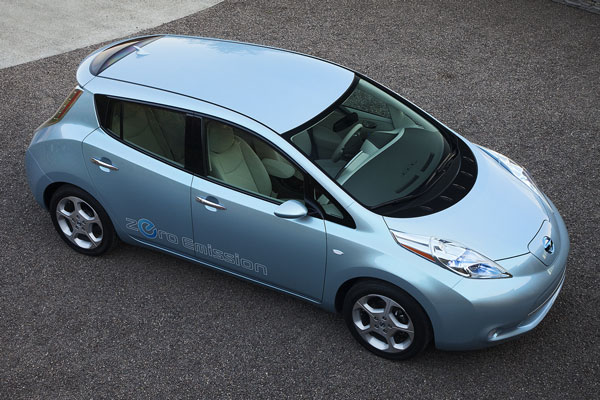A new study makes the case that when powered by a conventional grid mix — or, worse yet, by electricity produced largely from burning coal — EVs might lose more of their environmental benefits than previously thought. Nevertheless, if they can manage a long lifespan, EVs can still confer global warming potential benefits, the study said.
The issue, according to a study [PDF] in the Journal of Industrial Ecology: Making electrical vehicles exacts a much higher environmental toll than making internal combustion engine vehicles (ICEVs).

“EVs exhibit the potential for significant increases in human toxicity, freshwater eco-toxicity, freshwater eutrophication, and metal depletion impacts, largely emanating from the vehicle supply chain,” the study’s authors, from the Norwegian University of Science and Technology, say in a summary of the report.
Later they write: “The supply chains involved in the production of electric powertrains and traction batters add significantly to the environmental impacts of vehicle production.”
The authors acknowledge that even if electric vehicles are using non-clean energy sources, they can help improve local air pollution, but this amounts to “moving emissions away from the road rather than reducing them globally.”
What makes manufacturing electric vehicles so problematic? It’s the batteries, mostly. The study says around 40 percent of the global warming potential (GWP) impact of electric vehicle production comes from making the battery, whether it’s a lithium iron phosphate (LiFePO4) or lithium nickel cobalt manganese (LiNCM) battery. In the end, the authors write: “We estimate the GWP from EV production to be 87 to 95 grams carbon dioxide equivalent per kilometer (g CO2-eq/km), which is roughly twice the 43 g CO2-eq/km associated with ICEV production.”
There are also issues in getting the raw materials that go into the EVs, increasing what the authors call the “human toxicity potential” (HTP) of the production process.
“The additional production phase toxicity impacts of EVs stem mostly from additional copper requirements and, in the case of NCM EVs, nickel requirements,” the study reports. “Toxic emissions from the production chain of these metals mostly occur in the disposal of the sulfidic mine tailings, which accounts for roughly 75 percent of the (human toxicity potential) from the production phase.”
To make their comparisons, the study authors used identical theoretical base vehicles and then plugged in either an electric powertrain or internal combustion engine. The researchers then analyzed each vehicle’s impact throughout its entire life cycle – the production, use and end-of-life phases – using different fuel inputs (European average electricity or natural gas- or coal-sourced electricity for the EVs; gasoline or diesel for the international combustion car).
“Our results clearly indicate that it is counterproductive to promote EVs in areas where electricity is primarily produced from lignite, coal or even heavy oil combustion,” the study says. Even natural gas as a source of electricity to power EVs isn’t great: “Only limited benefits are achieved by EVs using electricity from natural gas.”
But there is hope for electric vehicles – the longer a car is used, the greater its global warming potential benefit. According to the study:
Because production impacts are more significant for EVs than conventional vehicles, assuming a vehicle lifetime of 200,000 km exaggerates the GWP benefits of EVs to 27% to 29% relative to gasoline vehicles or 17% to 20% relative to diesel. An assumption of 100,000 km decreases the benefit of EVs to 9% to 14% with respect to gasoline vehicles and results in impacts indistinguishable from those of a diesel vehicle.
And then there’s the matter of the grid. The authors found that in the “use phase,” when powered by clean sources, electric vehicles were a spectacular benefit to the environment. “(T)he combination of EVs with clean energy sources would potentially allow for drastic reductions of many transportation environmental impacts, especially in terms of climate change, air quality, and preservation of fossil fuels,” the researchers say.
Previous studies have linked the environmental payback of EVs to the source of the electricity used to power them, so in a sense this study is telling us something we already know. But by pointing to what could be significant impacts in the production of the vehicles, it ups the ante: EVs need to have a good, dependable long life, and they need a clean grid for charging.